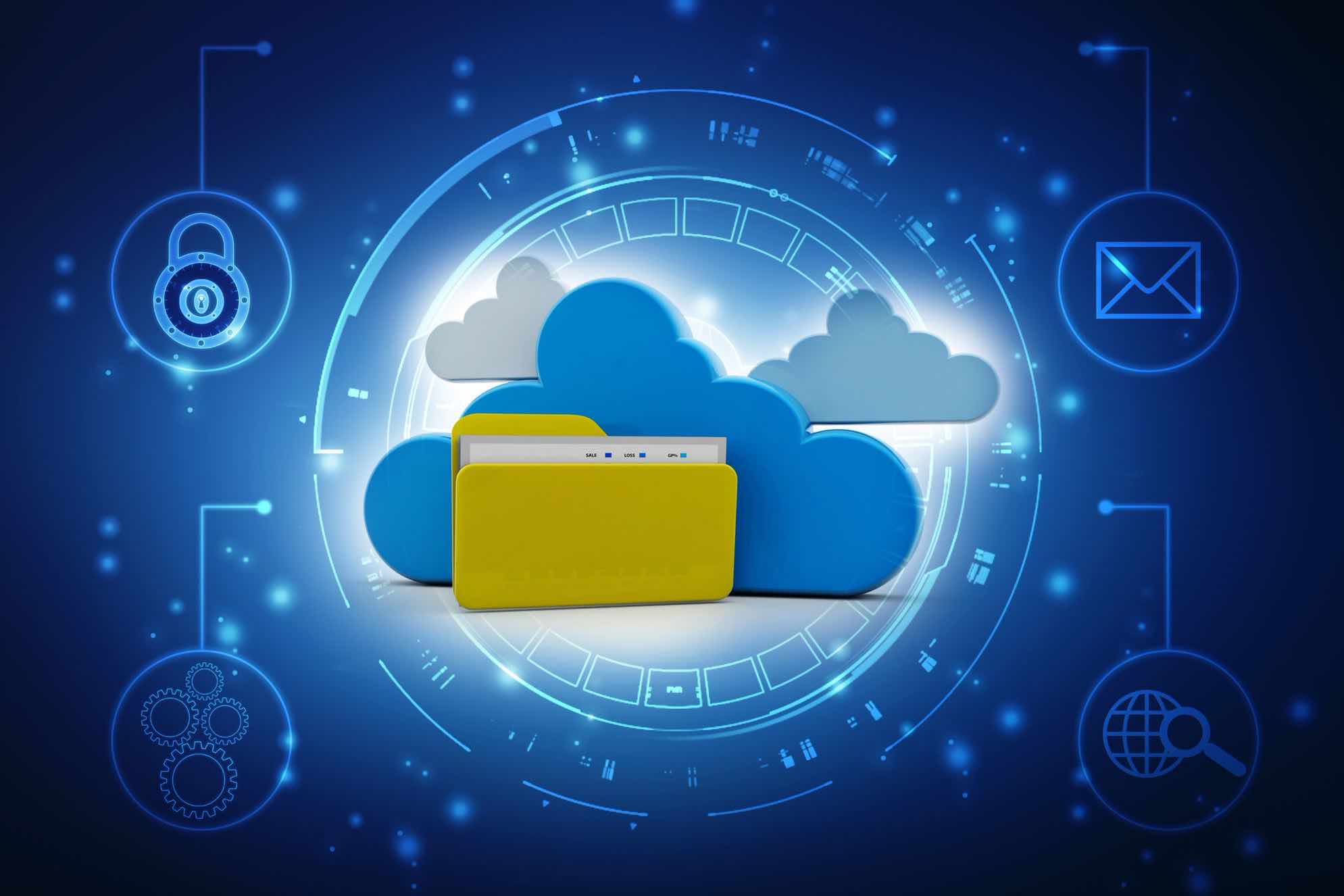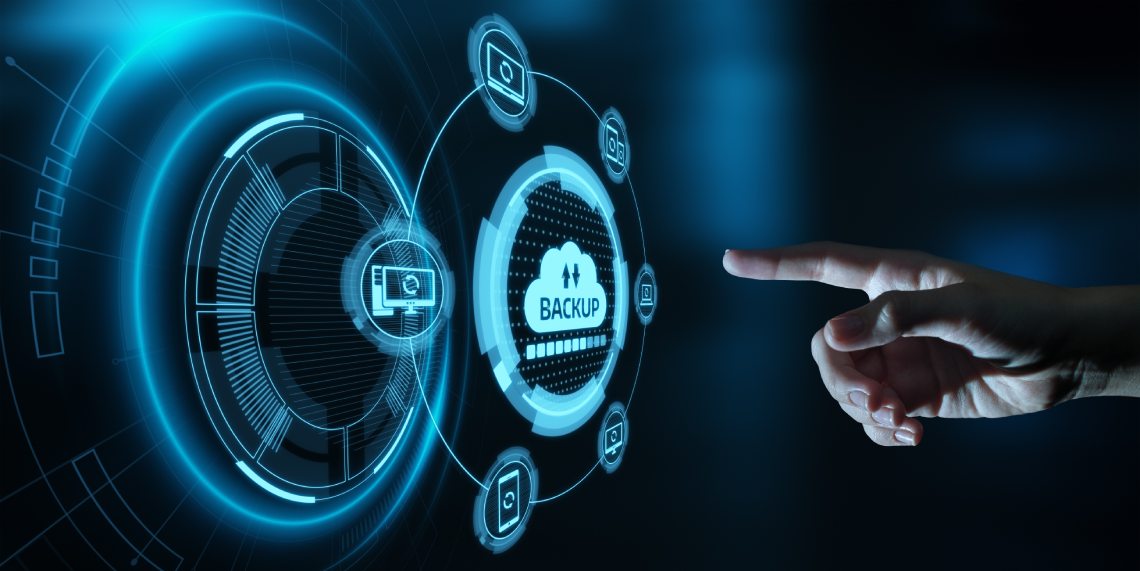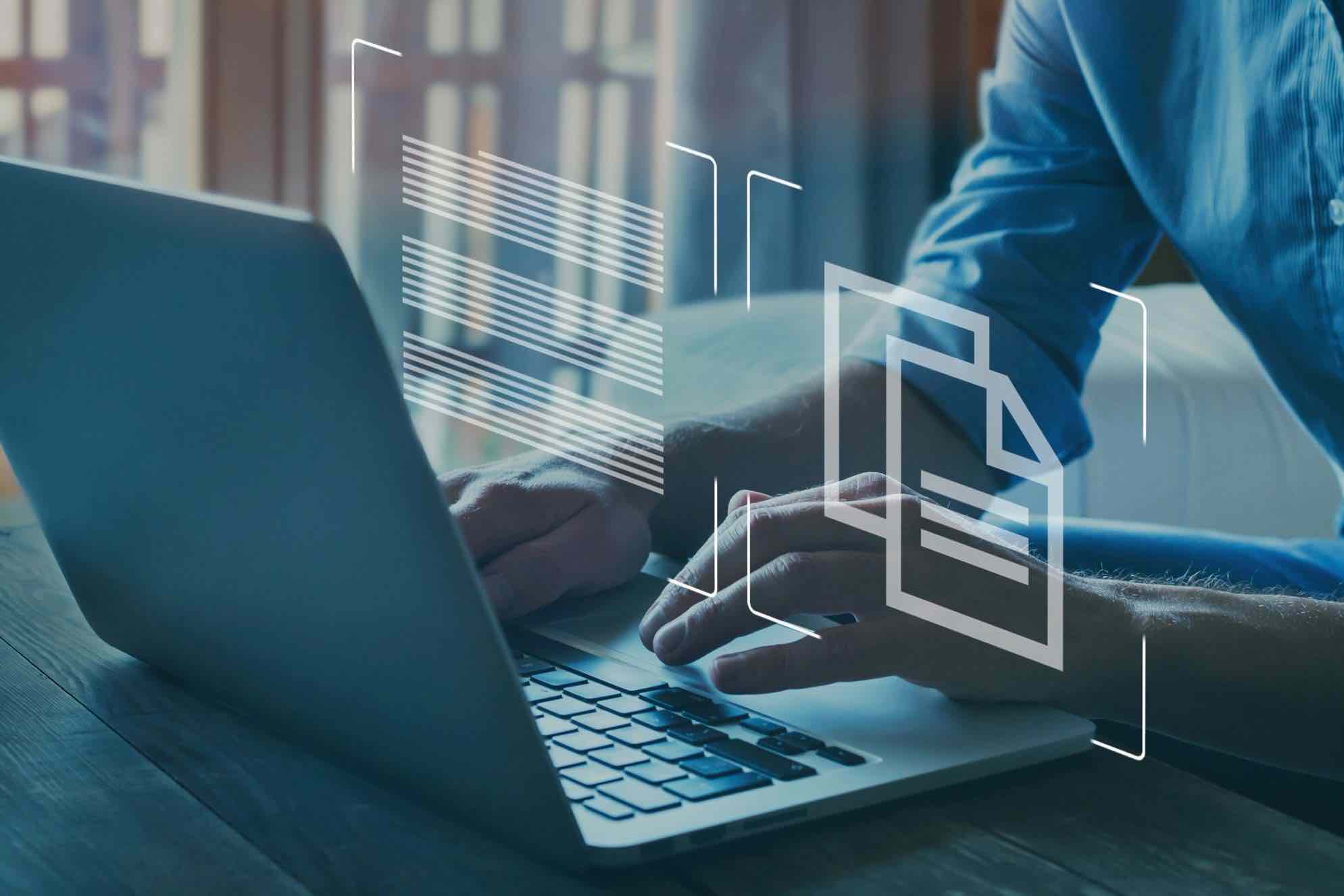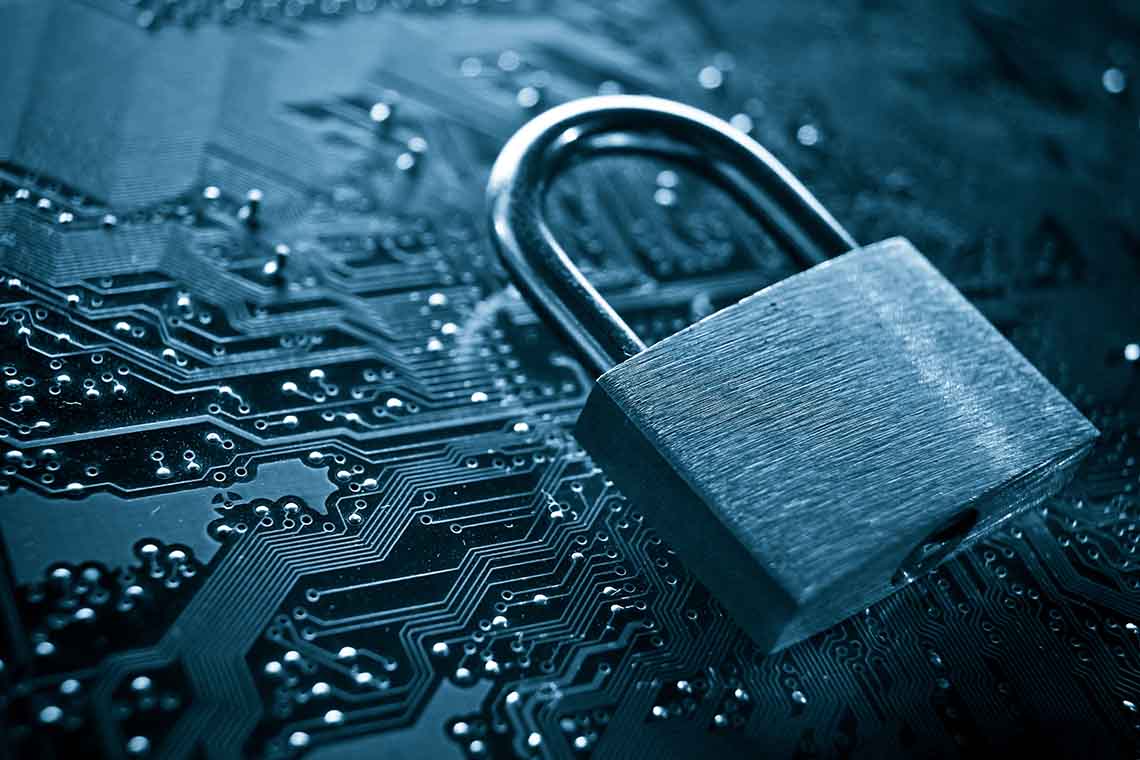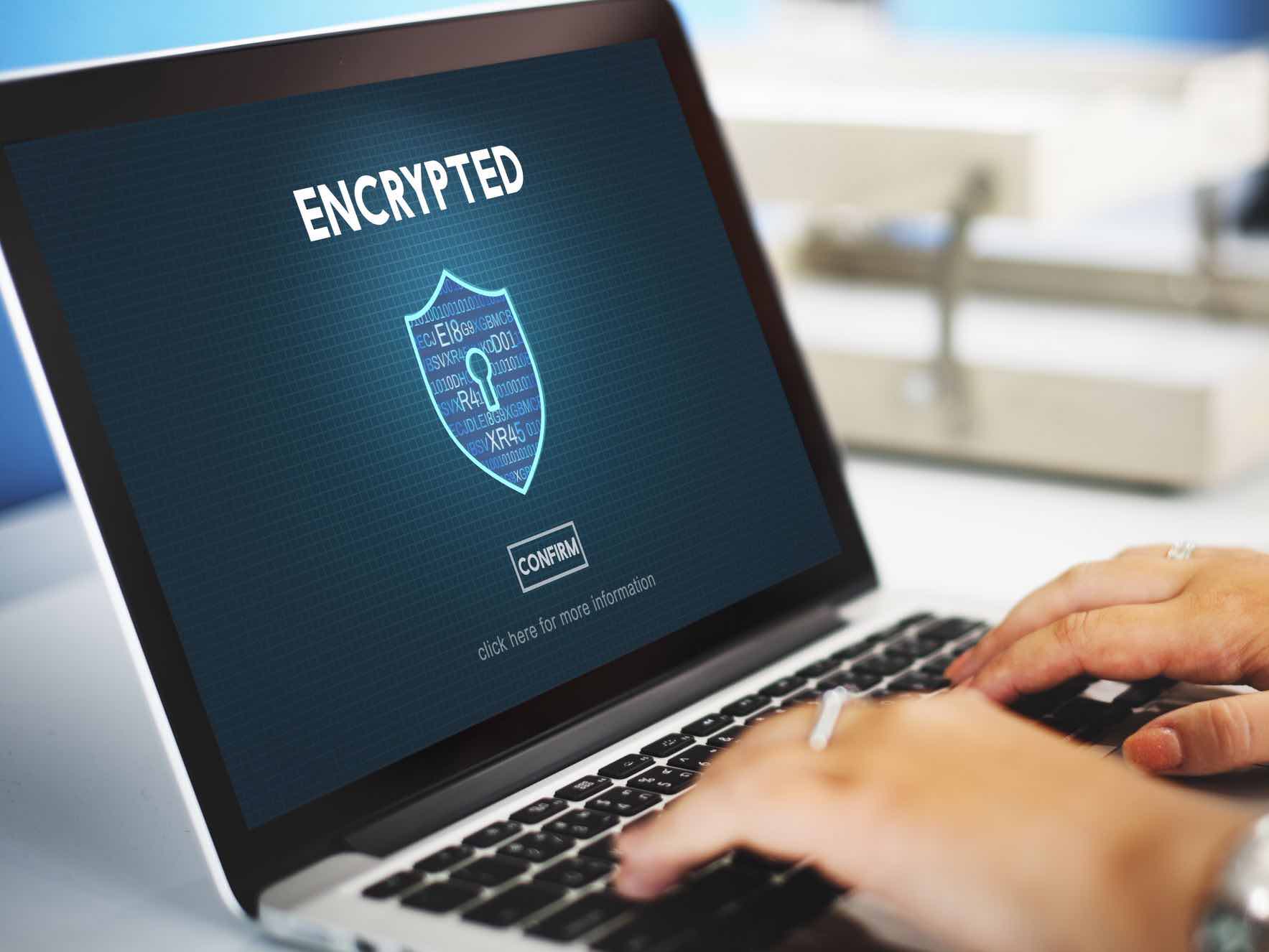Over the years, the shift to a digital work environment has changed the way people collaborate and share information. Paper-based documents were replaced by digital files, whiteboards fell to business productivity software, and organizations adopted online communication tools to connect entire teams to a centralized hub of messages, files, and data.
The way files are stored, shared, and accessed has also evolved. Cloud-based storage and file sharing platforms (e.g., Office 365, Dropbox) are now commonly used across businesses of all types and sizes. However, not all platforms are equal, and securing file sharing is essential for protecting sensitive data as it travels between users both within and outside of the corporate network.
Most free services and personal accounts don’t offer the level of security needed to keep data safe. This increases the risk that an employee could expose sensitive data or accidentally fall victim to a cyberattack. The ideal file sharing solution for any organization is one that’s designed specifically for businesses and includes both visibility and security features.
File Security Risks Within Remote, Distributed Workforces
Remote work is nothing new—43% of American employees worked remotely before the COVID-19 pandemic forced 70% of US employees to work offsite. Starting in early 2020, there was a 114% average increase in remote workers. This resulted in a big shift in the ways employees communicate with each other.
Instead of in-person meetings, employees now meet virtually using tools like Zoom and WebEx. Break room conversations have been replaced by Slack or Microsoft Teams messages.
The rise in remote work also increased the risk of security breaches, with 86% of surveyed organizations reporting an attack in 2021. This is due to several remote work security risks, such as weak passwords, unsecured Wi-Fi networks, and unencrypted file sharing.
From an IT perspective, file security among remote workers often fails due to human error. In 2020 Data Governance Trends Report, chief information officers (CIOs) were asked to rank the top five data security risks of remote work.
Topping the list at numbers one and two were internal attacks (e.g., leaks and fraud) and carelessness, at 62% each, followed by external attacks (e.g., hacks and viruses) at number three, (60%).
This isn’t surprising, given that a 2020 Remote Work Security survey found that 41% of employees use unsecured personal applications to access company data, and 31% aren’t sure how their home network is encrypted.
With the increased use and popularity of remote work, having a secure file sharing process in place can make the difference between effective work processes and potentially catastrophic data loss. In this article, we’ll cover a few best practices for securely sending files and the benefits of implementation.
Best practices for securely sharing files
Coworkers often share and collaborate on documents as part of their day-to-day job tasks. Without a clear understanding of secure file sharing best practices, however, employees may inadvertently put organizations at risk of data theft. There are numerous ways to keep files secure while in transit. Organizations use various platforms to transmit and store data safely, such as:
Dropbox: Allows users to upload files of any size from their computers, laptops, phones, or tablets. IT specialists can also manage passwords on folders to ensure only certain people can access specific files.
Box: Enables file sharing for any size file. Its advanced security also complies with regulations such as the Health Insurance Portability and Accountability Act (HIPAA), Payment Card Industry Data Security Standard (PCI DSS), and General Data Protection Regulation (GDPR).
OneHub: A customizable file-sharing platform that enables safety measures such as two-factor authentication, audit trails, complex passwords, and object-level security.
However, platform security features alone aren’t always enough to keep data secure. Organizations should also implement the following best practices to ensure that the files shared and stored across these platforms are safe:
A virtual private network (VPN) creates a secure connection when accessing company data over public Wi-Fi. VPNs create a safe tunnel for data to pass through from one place to the next, making them ideal for employees who are working away from the office.
Multi-factor authentication (MFA) verifies a user’s identity to ensure only authorized individuals can access resources such as applications, accounts, or VPNs.
Encryption keeps data safe while moving it between users, systems, and devices. For example, end-to-end encryption works on the system or device level so that only the intended recipient can decrypt it. File-level encryption, on the other hand, encrypts individual files instead of the entire device, which can fill security gaps left by full-disk encryption.
Top four benefits of secure file sharing
Now that we’ve covered the risks of unsecured file sharing and a few techniques for protecting your data, let’s look at the benefits organizations can attain with secure file sharing, and how a solution like WinZip® Enterprise can provide these benefits within a single tool.
1. Better collaboration among distributed teams
A secure file sharing platform enhances collaboration among employees, whether they’re working at the office, from home, or at another offsite location. Many platforms make it easy to share all digital assets in one place, ensuring everyone can find the information and data they need.
WinZip Enterprise provides a variety of tools that enable faster, more efficient workflows. With its industry-leading compression technology, team members can share files quickly and securely from any location.
In addition, this solution enables IT administrators to set permissions that allow users to share files safely and securely on some of the most commonly used platforms, including Dropbox, OneDrive, Box, and more.
2. Enhanced data protection
If employees don’t understand the risks associated with file sharing, they’re more likely to engage in behaviors that fall outside the organization’s security controls. This phenomenon, known as shadow IT, occurs when employees use unauthorized applications, accounts, services, and systems that may not meet their company’s security standards.
With WinZip Enterprise, IT administrators can uphold security protocols and standards that safeguard organizational data. This includes controlling access to certain cloud services, setting password and encryption standards for users, and removing unwanted or prohibited applications and features. WinZip Enterprise gives IT teams complete visibility and control over the movement of files and information.
3. Better data accountability
In 2020, about 51% of organizations had over 1,000 sensitive files accessible to all their employees, which increases the risks of unauthorized data exposure. Using permission-based user roles improves data accountability by only granting employees access to the files they need (also known as the principle of least privilege, or POLP). These user roles prevent sensitive information from reaching the wrong people, even within the company’s workforce.
With WinZip Enterprise, IT administrators can limit what applications users can access. They can create a set sandbox of approved sharing platforms for each employee to ensure data doesn’t become compromised by sharing files using unapproved collaboration tools.
4. Improved file sharing capabilities
The larger the file size, the longer it takes to upload and share. Many users are all too familiar with the frustration of composing an email and adding t relevant attachments, only to see an error message stating that they’ve exceeded the maximum size limit. By reducing the file size, you can overcome email size limits and reduce transmission time.
WinZip Enterprise gives users the option to split ZIP files. Just as zipping files reduces their size, splitting ZIP files creates multiple zipped segments that are each a specific size. Converting a single, very large ZIP file into smaller pieces assists with download times because each piece of the split file can be downloaded separately.
WinZip Enterprise enables secure file sharing across distributed workforces
WinZip Enterprise is a business-level file encryption and compression solution that allows for secure sharing. It features bank- and military-grade encryption to ensure end-to-end data protection that meets all major standards requirements, including Federal Information Protection Standards (FIPS) and Defense Federal Acquisition Regulation Supplement (DFARS).
With WinZip Enterprise, it’s easy for users to share files securely across popular collaboration tools. For example, it integrates with messaging platforms including Microsoft Teams, Slack, and Google Hangouts to simplify file sharing between colleagues and clients. It also supports cloud storage services such as Dropbox, SharePoint, Microsoft 365, and more.
This solution is also fully customizable for IT administrators, enabling them to remove unwanted features, control access to certain platforms, and set and enforce password policies and encryption standards for all users.
Ready to unlock the latest secure file sharing technology to support your business needs? Learn more about WinZip Enterprise and its fully customizable installation package.

